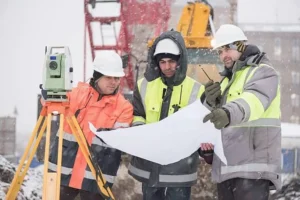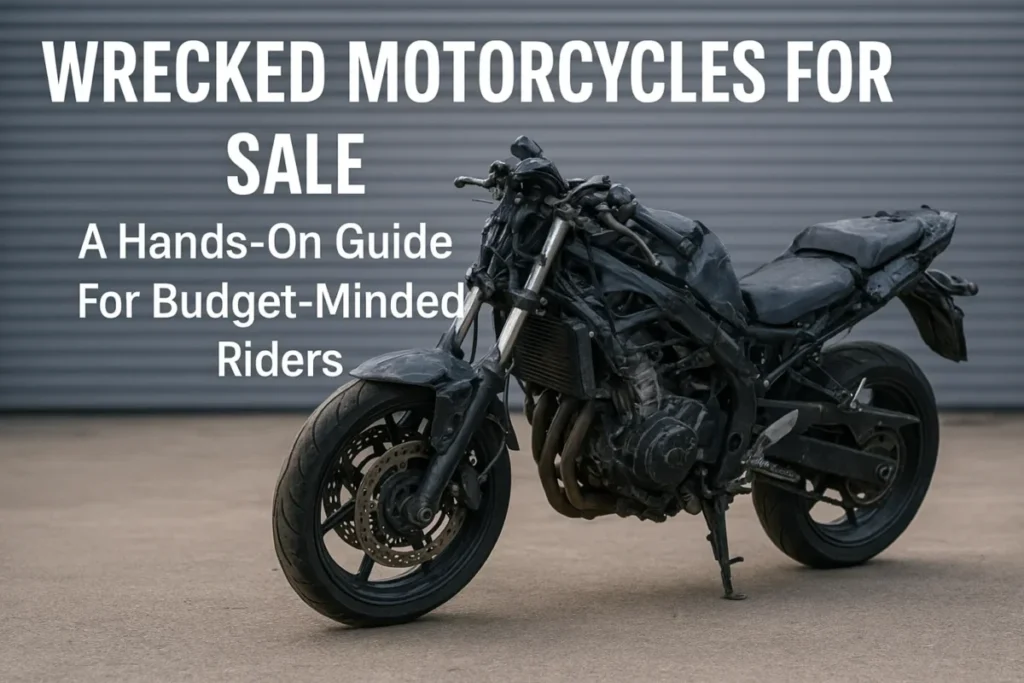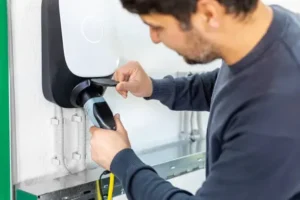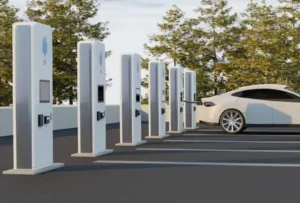Disclaimer: This guide is for informational purposes only and does not constitute legal, financial, or mechanical advice. Always consult a licensed mechanic, your local Department of Motor Vehicles (DMV), and your insurance provider before purchasing or repairing a salvage motorcycle. Riding and repairing motorcycles involves inherent risks—proceed at your own discretion and responsibility.
Finding a street bike or cruiser that fits both your dreams and your wallet can feel impossible when clean, low-mile examples cost as much as a small car. Listings that show wrecked motorcycles for sale change that math. Every week, insurance companies total thousands of bikes for cosmetic scrapes, missing parts, or light frame tweaks, and those machines head straight to salvage yards and online auctions. If you bring basic tools, an honest budget, and a clear plan, you can rescue one of these write-offs and ride for pennies on the dollar. This guide breaks the process into easy steps so first-time buyers can shop with confidence.
Why Good Bikes End Up With Salvage Titles
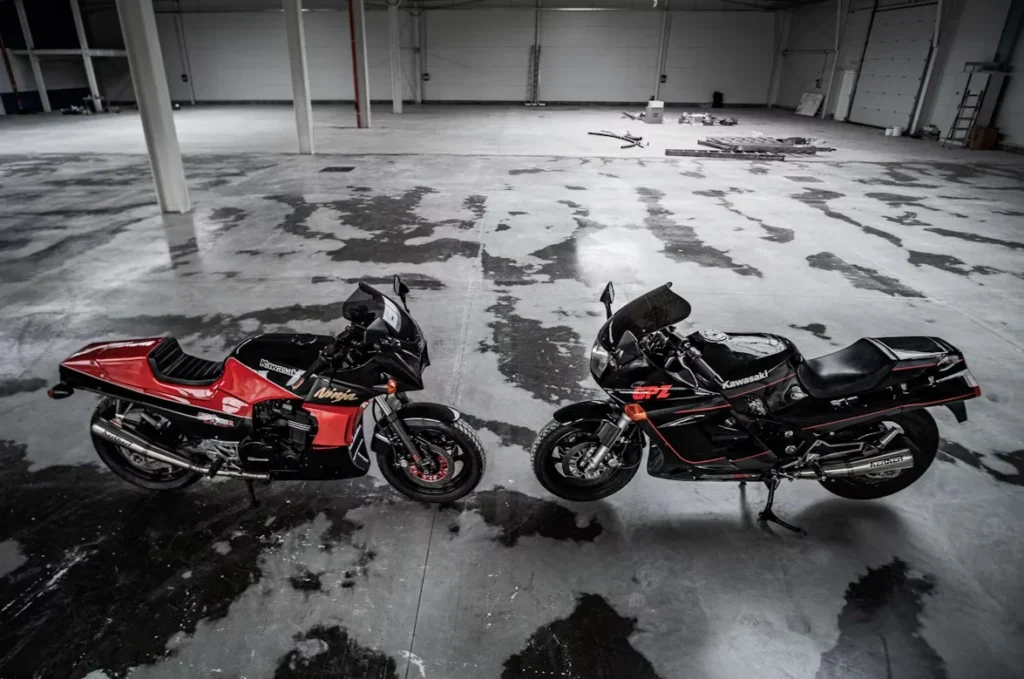
Insurance adjusters label a bike salvage when projected repairs cross a percentage of its pre-loss value. That threshold is often around 70 percent for motorcycles. Labor rates and factory parts prices climb fast, so even a simple tip-over can reach that number. Here are the most common paths from showroom to salvage lot:
- Low-Side Slides: A slow fall grinds fairings and brakes off foot-pegs but leaves the engine healthy.
- Theft Recovery: Thieves strip wheels, seats, or gauges. The exposed frame sits perfectly, yet replacement parts cost more than the book value.
- Rear Impact: A light bump bends the subframe on a sport bike. A straightening jig and new plastics push the estimate over the limit.
- Hail Storms: Tiny dings on tanks and fenders add up fast on chrome cruisers.
- Flood Exposure: Bikes found in storage units after heavy rain often have only dirty connectors that need cleaning, very different from saltwater immersion, which ruins electronics.
Knowing the damage type lets you predict work hours and decide if the project matches your skill set.
Where To Hunt For Wrecked Motorcycles
Online Salvage Platforms
Sites like AutoBidMaster gather listings from Copart and other salvage car auctions. Use filters to show only two-wheel inventory and sort by damage type, engine size, or zip code. Some lots carry a “Buy It Now” button, allowing you to purchase without engaging in a bidding war. You will also see salvage trucks for sale, broken cars available, and even crashed supercars. Available on the same screen, so stay focused on motorcycle-specific details.
Regional Auctions And Impound Yards
City tow yards clear impounded vehicles every month. These local events draw smaller crowds, which means lower prices for buyers who show up early with cash and a trailer. Inspection windows are short, so bring a flashlight and basic tools.
Specialty Breaker Yards
Some shops dismantle high-end wrecks for parts. They may stock Italian sport bikes, vintage café racers, or big touring rigs that need cosmetic love. Prices run higher than at a vehicle auction, but you can see the bike in person and ask questions.
Reading A Listing Like A Mechanic
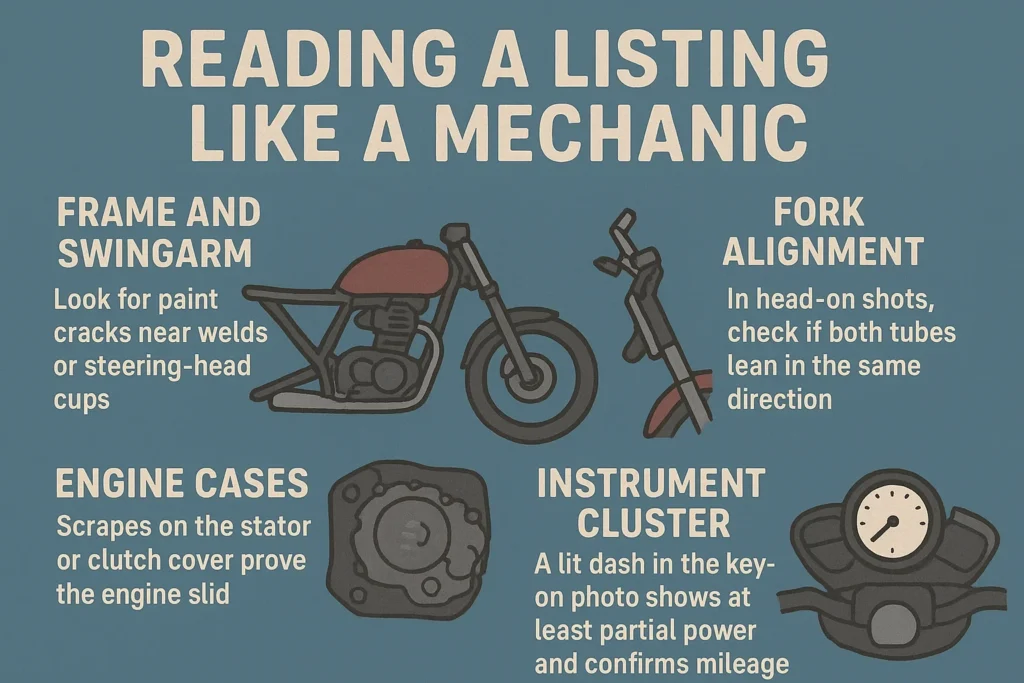
A dozen photos and a short note often hide more clues than you expect. Focus on these areas:
- Frame And Swingarm: Look for paint cracks near welds or steering-head cups. A bent frame means costly jig work.
- Fork Alignment: In head-on shots, check if both tubes lean in the same direction. Offset forks suggest a bent triple clamp.
- Engine Cases: Scrapes on the stator or clutch cover prove the engine slid. Cracks mean oil leaks and deeper repairs.
- Instrument Cluster: A lit dash in the key-on photo shows at least partial power and confirms mileage.
- Handlebars and Controls: Bars twisted relative to the wheel can be a cheap riser swap or a sign that the front stay is bent. Match photos with seller comments.
Auction notes use shorthand like “Starts,” “Runs,” or “Stationary.” A bike that starts but will not move might need only a gearshift linkage or could hide a broken gearbox. Budget worst-case costs so the surprise leans positive.
Budget Math: The Simple Way
Write four numbers on paper or in a phone note:
- Purchase price
- Buyer or auction fees
- Transport cost
- Mandatory repairs before the safety check
Add ten percent as a cushion. Compare this total with the current private-party value of the same model in clean-title condition. Aim to finish at least 20% under market value after every expense, including tires, fork seals, and a fresh battery, because salvage motorcycles available often sit for months before resale.
Tool Kit For Home Garage Builds
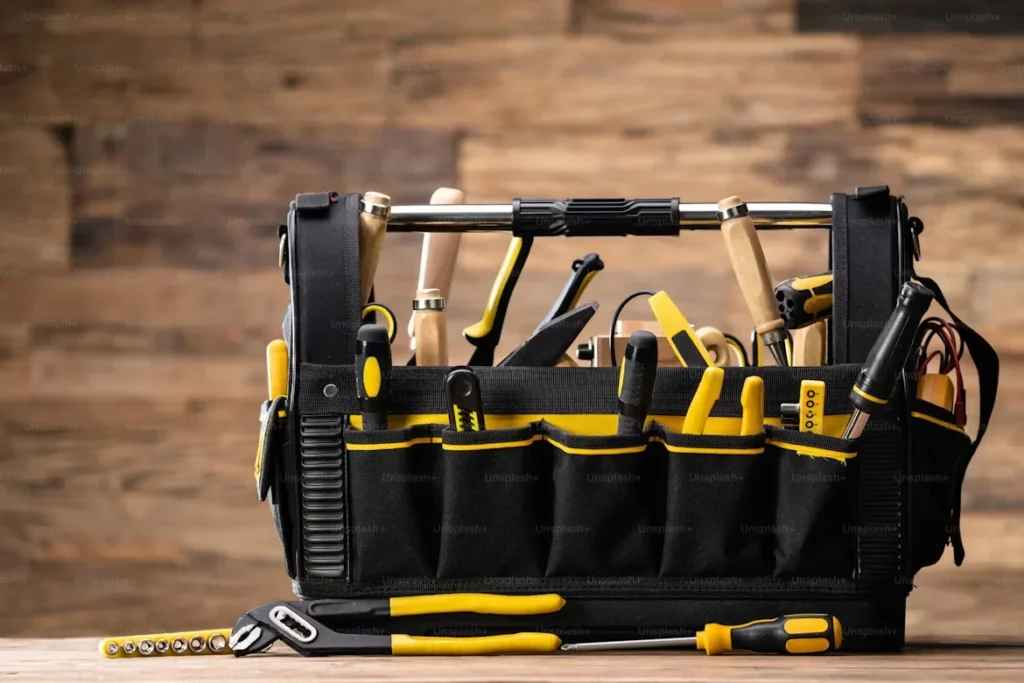
A well-prepared toolkit makes rebuilding a motorcycle much easier. At minimum, you’ll want a metric socket and Allen-key set, a torque wrench rated to at least 100 Nm, and a rear paddock stand or center stand adapter to support the bike safely. Other essentials include a portable jump pack to power electronics, an OBD diagnostic dongle for CAN-bus systems, a tire pressure gauge with a mini compressor, and small fix items like blue thread locker and zip ties. For more advanced checks, optional tools such as a dial indicator for measuring wheel run-out or a borescope for inspecting valve pockets can be handy if the engine ingested debris during the crash.
Inspection Day Checklist
If the yard allows on-site viewing, take fifteen minutes to run through these steps:
- Pull the oil cap. Milky fluid means water in the crankcase.
- Check fuel level and smell. Stale gas needs tank flushing.
- Spin both wheels to feel for notch-y bearings.
- Squeeze both brake levers. Mushy feel hints at air or water in lines.
- Tug the subframe side to side. Flex reveals hidden cracks.
- Note tire date codes; rubber older than five years should be replaced.
- Scan for engine codes if the dash powers on.
These checks apply whether you are eyeing a 300 cc beginner bike or a liter-class machine that once sat next to salvage supercars for sale in a high-end showroom.
Title And Insurance Basics
Most states treat motorcycles the same as cars during the rebuilt-title process, which means you’ll need to provide photos before, during, and after repairs, as well as receipts for major components like forks, wheels, frames, and other safety-related parts. A VIN inspection or a brake-and-lamp check is typically required, along with payment of fees for title branding and sales tax. Insurance can be more complicated; many companies only offer liability coverage for rebuilt titles. At the same time, a few specialty carriers may provide full coverage if the motorcycle passes an inspection by a certified shop. It’s a good idea to call insurance agents before purchasing, especially if you plan to finance upgrades in the future.
Common Mistakes And How To Avoid Them
- Ignoring Missing Keys: Modern immobilizer chips cost hundreds to replace and program.
- Assuming Bent Forks Are Cheap: New tubes on premium sport bikes run more than many complete engines from junk cars.
- Overlooking Hidden Water Damage: Flood bikes corrode inside switchgear and harness connectors. Fresh water is manageable; salt water is often a parts-only candidate.
- Skipping Transport Quotes: Crating a non-rolling bike costs more than most buyers expect.
- Letting Emotions Win: A bright paint job on a rare model can blind you to cracked cases. Stick to your math.
Using Salvage Bikes For Donor Parts
If you never plan to ride the rebuilt motorcycle, the purchase can still pay off. Builders strip wrecked motorcycles. Motorcycle now sells to harvest engines, forks, and brakes for custom projects. Selling leftover parts offsets costs. Combine this with deals on salvage trucks available or broken cars that carry compatible electronic modules, and you create a parts pipeline that funds future builds.
Final Thoughts
Shopping for wrecked motorcycles for sale is not a gamble when you follow a clear plan. Study listings like a detective, budget every cost before clicking bid, and choose projects that match your tools and available time. Keep records, snap photos of each repair stage, and respect state rules for rebuilt titles. Done right, you will roll out of your garage on a bike that costs a fraction of showroom pricing and carries a story you built with your own hands. Whether you want a weekend canyon carver, a daily commuter, or a track-day weapon, the salvage market offers the horsepower you crave at a price you can manage.


